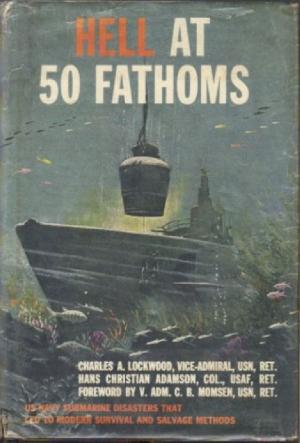Back From The Living Dead:
An Original Story Describing The Infamous March Of Death; 33 Months In A Japanese Prison And Liberation By The Rangers
Nonfiction, History, Germany, European General, Military, United States| Author: | Major Bert Bank | ISBN: | 9781782894841 |
| Publisher: | Verdun Press | Publication: | August 15, 2014 |
| Imprint: | Verdun Press | Language: | English |
| Author: | Major Bert Bank |
| ISBN: | 9781782894841 |
| Publisher: | Verdun Press |
| Publication: | August 15, 2014 |
| Imprint: | Verdun Press |
| Language: | English |
The world famous story of Major Bertram Bert Bank who survived 33 months of prison, torture and starvation at the hands of the Japanese in the Philippines during the Second World War.
“He left us to go into service in 1941 and he was called up from inactive status on his reserve commission.
“From the time he left us until he came back this year, Bert went through a lot that many other men did not survive. He was taken prisoner of the Japs on Bataan, survived the Bataan March of Death and 33 months internment in a Jap prison camp. Now he’s a patient at Valley Forge General Hospital where Army doctors are attempting to restore his sight to normal. The long, gruelling months on a meager diet took its toll.
“But Bert doesn’t complain. “There are a lot of other fellows less fortunate than I,” he will tell you.
“Many friends have asked him to tell of his experiences. During the course of bond tours and other public appearances in the Army’s behalf, Bert has recounted these experiences. And so he thought he would write them down for these friends. That’s the reason for this booklet.
“The story of his capture and internment are here in Bert’s own words. He is the man identified as the Captain Bert of Alabama in the late Lieutenant Colonel Edward Dyess’ story “The March of Death.” Bert was scheduled to make a break from the Jap prison camp with Colonel Dyess but was sick at the time and could not make it.
“So this is the story of Major Bert Bank, a native Tuscaloosan and graduate of the University of Alabama. He’s one of the men who came back from the “living dead.””
The world famous story of Major Bertram Bert Bank who survived 33 months of prison, torture and starvation at the hands of the Japanese in the Philippines during the Second World War.
“He left us to go into service in 1941 and he was called up from inactive status on his reserve commission.
“From the time he left us until he came back this year, Bert went through a lot that many other men did not survive. He was taken prisoner of the Japs on Bataan, survived the Bataan March of Death and 33 months internment in a Jap prison camp. Now he’s a patient at Valley Forge General Hospital where Army doctors are attempting to restore his sight to normal. The long, gruelling months on a meager diet took its toll.
“But Bert doesn’t complain. “There are a lot of other fellows less fortunate than I,” he will tell you.
“Many friends have asked him to tell of his experiences. During the course of bond tours and other public appearances in the Army’s behalf, Bert has recounted these experiences. And so he thought he would write them down for these friends. That’s the reason for this booklet.
“The story of his capture and internment are here in Bert’s own words. He is the man identified as the Captain Bert of Alabama in the late Lieutenant Colonel Edward Dyess’ story “The March of Death.” Bert was scheduled to make a break from the Jap prison camp with Colonel Dyess but was sick at the time and could not make it.
“So this is the story of Major Bert Bank, a native Tuscaloosan and graduate of the University of Alabama. He’s one of the men who came back from the “living dead.””





![Cover of the book TORPEDO 8 — The Story Of Swede Larsen’s Bomber Squadron [Illustrated Edition] by Major Bert Bank](https://www.kuoky.com/images/2015/november/300x300/9781786251855-SG1X_300x.jpg)



![Cover of the book Tanks In The Great War, 1914-1918 [Illustrated Edition] by Major Bert Bank](https://www.kuoky.com/images/2014/august/300x300/9781782899167-ojbB_300x.jpg)
![Cover of the book Marines In World War II - Marine Aviation In The Philippines [Illustrated Edition] by Major Bert Bank](https://www.kuoky.com/images/2014/august/300x300/9781782892878-xEPh_300x.jpg)


![Cover of the book Of Rice And Men [Illustrated Edition] by Major Bert Bank](https://www.kuoky.com/images/2015/november/300x300/9781786253255-tQ9N_300x.jpg)
![Cover of the book At Close Quarters; PT Boats In The United States Navy [Illustrated Edition] by Major Bert Bank](https://www.kuoky.com/images/2015/november/300x300/9781786252067-v2lq_300x.jpg)
![Cover of the book Merrill’s Marauders: Combined Operations In Northern Burma In 1944 [Illustrated Edition] by Major Bert Bank](https://www.kuoky.com/images/2015/november/300x300/9781786255747-FuRW_300x.jpg)